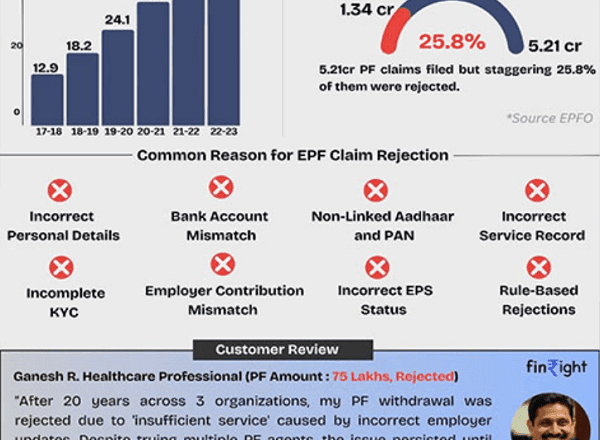It can be tempting to look at all the data, especially since it is now possible to track virtually every customer’s purchase journey. It can be difficult to sort through all the data. It becomes increasingly important to concentrate on the most relevant indicators of your business’ performance as the number and potential key performance indicators (KPIs), increases.
These are eight KPls worth the attention of smart communicators and marketers.
- Website traffic. This is the most basic KPl. Measuring your website traffic can help you determine if your website serves its primary purpose of being a 24/7/365 ambassador to your brand. To determine the effectiveness of your marketing efforts, look at trends in your website’s monthly traffic volume. Next, examine important details such as “visitors per site”, “visitors for each product category” or “visitors by cost” to identify 4 areas of improvement.
- Inbound linking. This is a crucial part of SEO. Use tools regularly to check the number of inbound links that are currently available. Engage in ethical campaigns to increase them. Your inbound links should be improved. This will not only direct users to your site, but also increases your authority.
- Number of visits per channel. All your inbound link building, social media outreach and PPC campaigns have one goal: to drive consumer traffic towards your site. Inbound visits per channel is an important KPI. It is important to understand where your traffic comes from so that you can identify which campaigns are the most successful, which ones need more investment, and which ones could be improved. You can track your traffic from search engines, referral links (most link-building campaigns), social media, email, display ads and paid search.
- Average page time. Driving traffic to your website is not enough. It’s important to maintain your site. Visitors must stay on your site for long enough to be able to navigate to the most important pages and take desired actions. Google might downgrade your page rank if most users spend very little time on your site. This KPI should be analyzed for both your homepage, blog posts, product categories, and other landing pages.
- Conversion rate. This is the most important KPl of any digital sales campaign. It is calculated by multiplying your conversions with the total number of visitors to your website. Although a lot of visitors to your site may seem like a success, it doesn’t necessarily mean that they will convert into paying customers. The conversion rate is a way to focus your efforts on those most likely convert.
- Cost Per Action (CPA) – This allows you to determine the total cost of getting a customer click on an email link or register for a newsletter. Simply put, your CPA represents the average cost per conversion you pay for an ad. CPA tracking can help you identify the channels and tactics that will deliver the highest conversion rate for your marketing dollars if conversions are your primary goal. CPA tracking can help you determine how much you are willing to spend on quality users who will eventually become paying customers.
- Cost per Lead. This KPI measures the cost of acquiring a new customer. Knowing how much each lead costs you will be able to determine if your budget is appropriate for the actions that your new contact will take. The next step is to determine whether it was worth the effort and money you spent to obtain the lead.
- Return on Ad Spend (ROAS). ROAS, which is a measure for the amount of revenue you get from digital marketing, is possibly the most important KPI to determine the effectiveness of your digital marketing campaign. If you’re not achieving your sales goals, you need to do something.
You can track the KPIs listed above to help you decide where to concentrate your marketing dollars and attention.
Although some of the most important KPIs may change as your brand and goals change, they are still essential to digital marketing campaigns.





